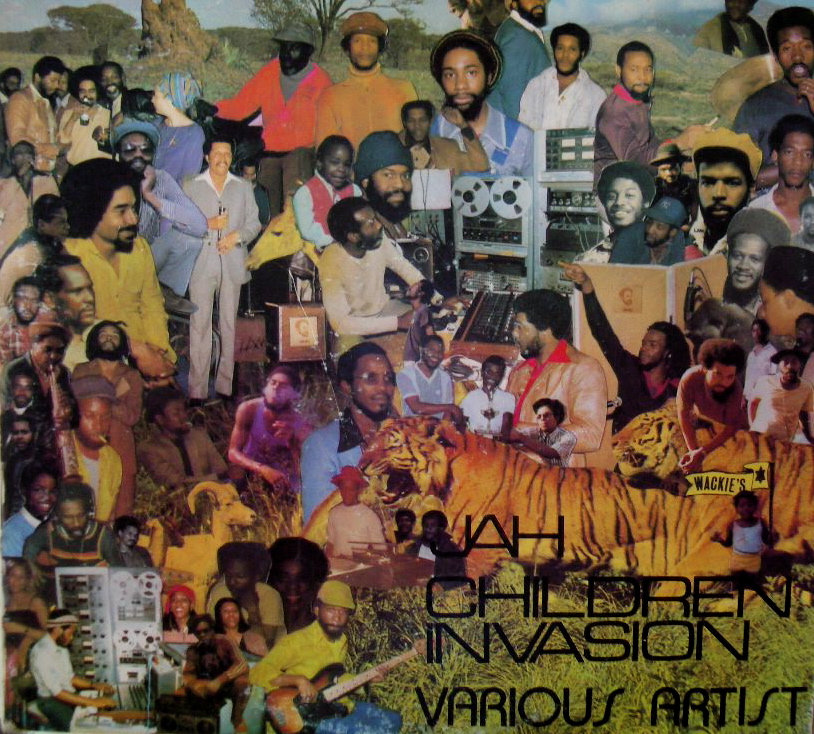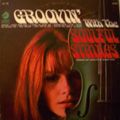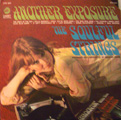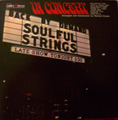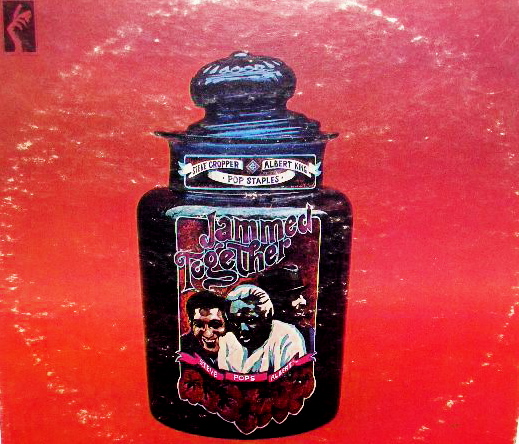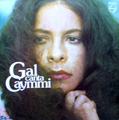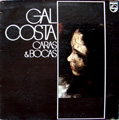The Rubaiyat
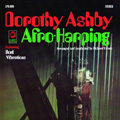
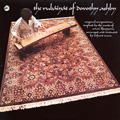
Dorothy Ashby : Come Live With Me
taken from the album “Afro-Harping” on Cadet (1968)
Dorothy Ashby : The Moving Finger
taken from the album “The Rubaiyat Of Dorthy Ashby” on Cadet (1970)
I thought that after last week’s post in praise of Richard Evans productions, I ought to bring out some of the heavy-hitter tracks that originally got me hooked on his sound. Here are two choice cuts from the entirely unique funky-harp queen Dorothy Ashby. While fellow jazz harpist Alice Coltrane was travelling outward and inward on the yogic path, Dorothy went in search of the divine groove- constructing adventurous stereo-panned worlds on godsent breakbeats. In Dorothy’s sacred land, the kalimba and piccolo (vibraphone too!) join forces with stabbing strings and an amorphous fuzz guitar in what pilgrims recognize as nothing short of prophesy. Who could have heard the funk in an instrument so seemingly harmless? It’s really on “The Moving Finger” where we see the fulfillment of her vision. Syncopated staccato stankiness on the KOTO? That’s realness.
“The Rubaiyat…” is a concept album which takes it’s inspiration (and some literal quotations) from the poetry of Persian renaissance (before there was a renaissance) man Omar Khayyam. When he wasn’t writing about moving fingers and drinking wine, Omar was pushing boundaries in mathmatics, science, philosophy, and astronomy too. I actually used a translation of his Rubaiyat as one of the texts for my final collegiate thesis- how nerdy is that. To redeem a bit of hipness, I also referenced this particular LP and explored the art/science of DJology.
Just found out about a REALLY sick place to download mixes, read interviews, and remind yourself how much better taste in music people tend to have in the U.K., check out FutureBoogie.com for yourself. I’ll be doing a mix for them pretty soon, picking out tracks now…
And on the ill mix tip, illvibe.net reminds us that there are cats over here keeping things nice too. So bollocks to you bloody euro buggahs! No offense, I don’t even really know what I just wrote.
Final shout-out: Steve (aka Sema4) over @ Scissorkick.com threw a dope party on Saturday night with a couple bands that I guarantee you’ll be hearing more from shortly. Nice work mang!
